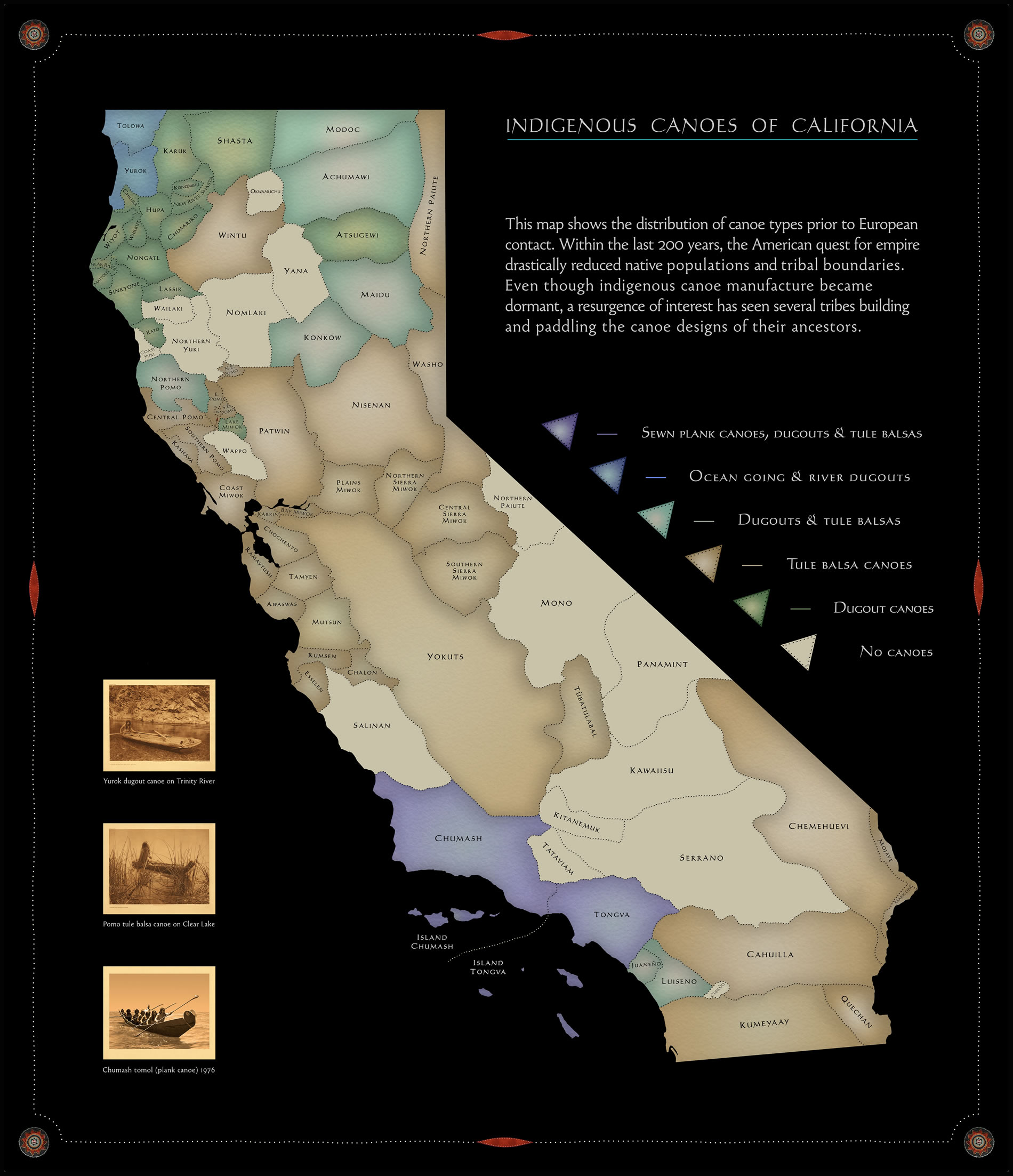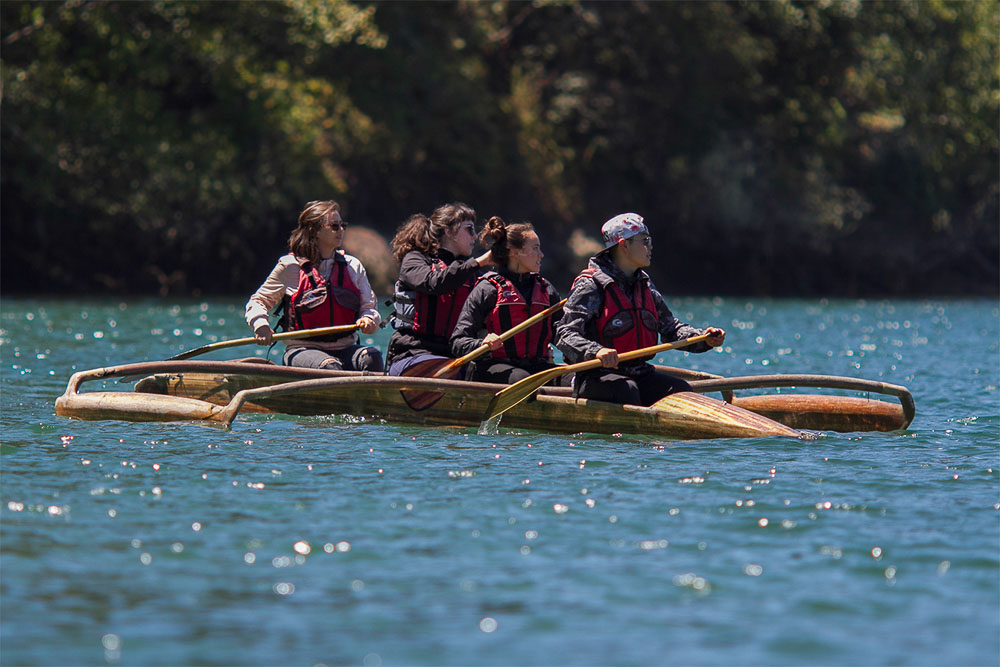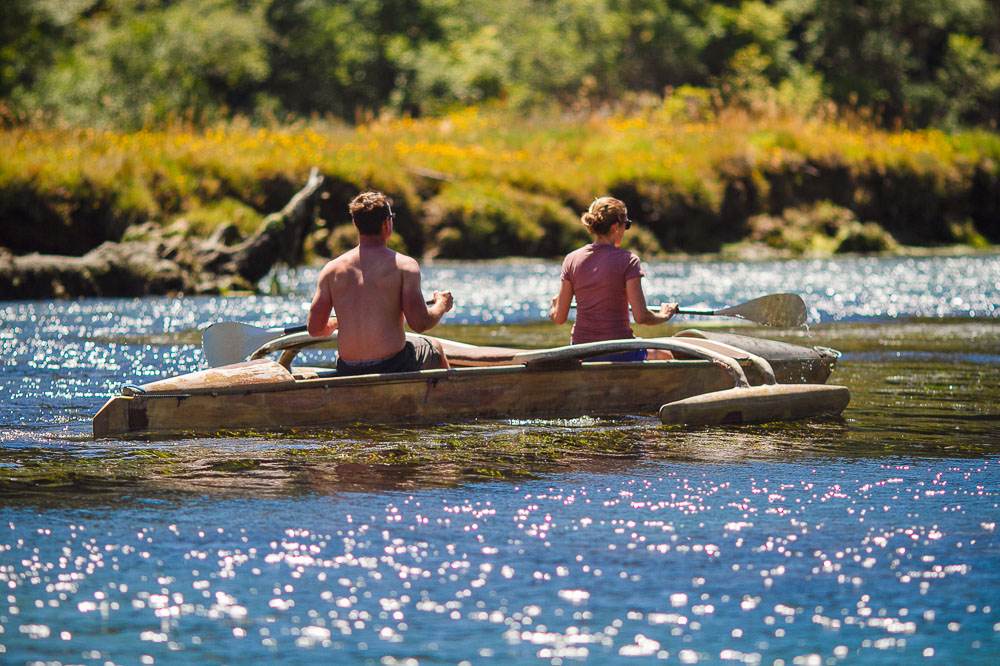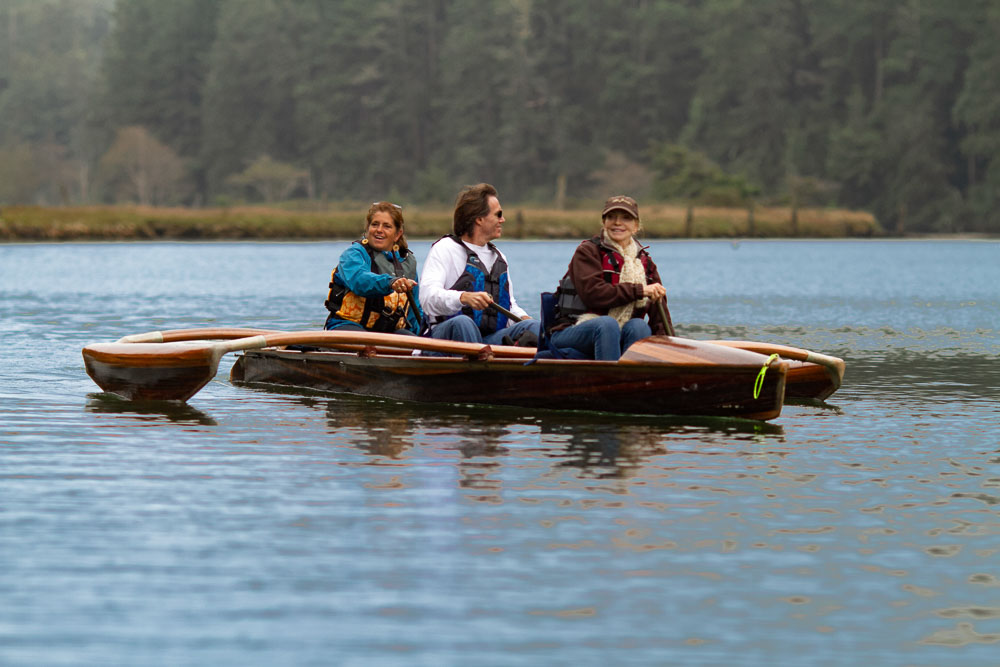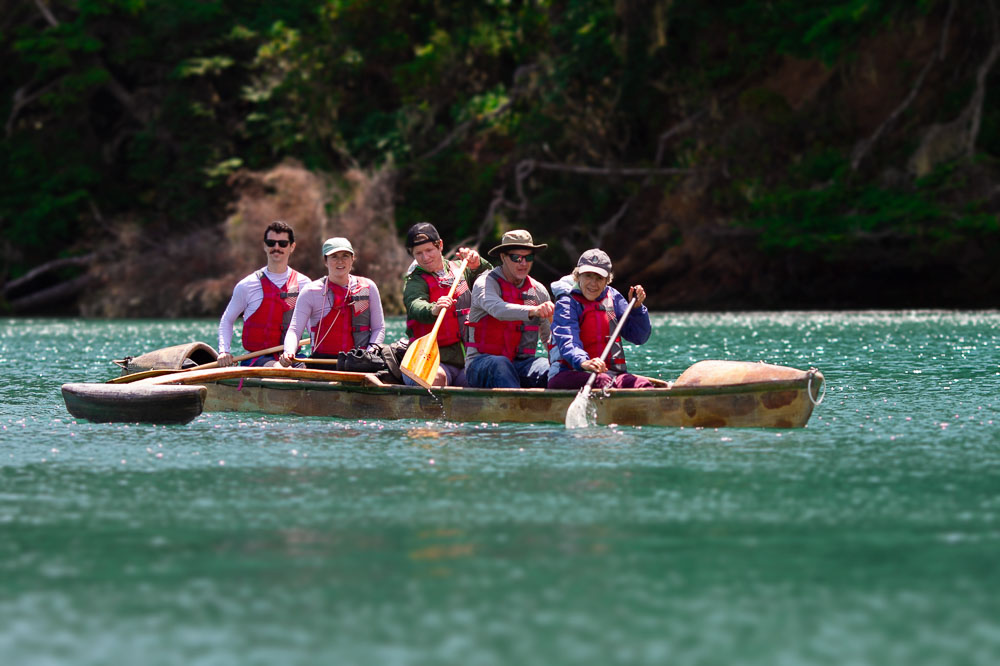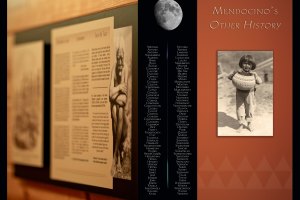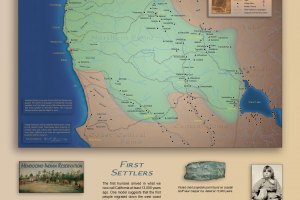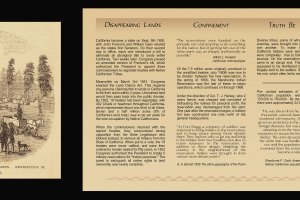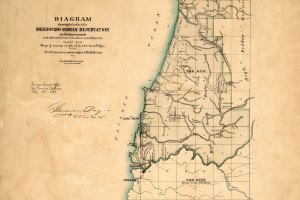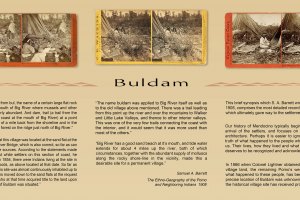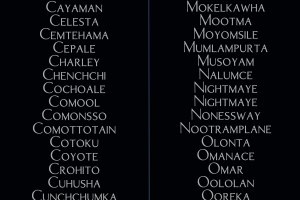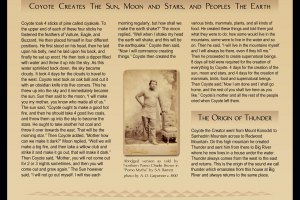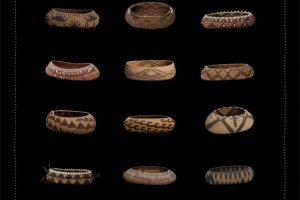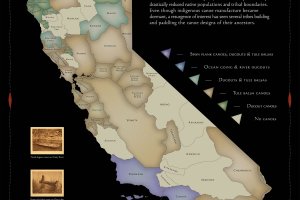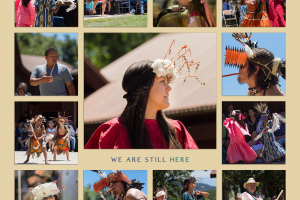Our History
THE HISTORY OF CATCH A CANOE & BICYCLES, TOO!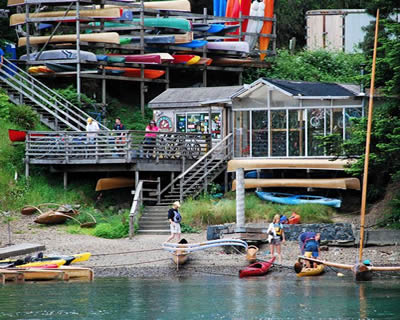
Jeff Stanford recalls the early days of our rental boats and bikes.
Catch a Canoe (CAC) was created in 1972 and was in existence prior to the inception of The Stanford Inn. In 1981, we, known at that time as Big River Lodge – Country Inn by the Sea, began renting bikes on the other side of the road from Catch A Canoe. CAC was closed in 1981-82 due to the owner’s legal issues. Subsequently, we purchased the land and business in April 1983 and reopened CAC. In 1984 we introduced rotationally molded polyethylene canoes from Old Town, selling-off heavy fiberglass Nona canoes created by the England family in Los Angeles.
In 1985-86, we added rental bikes to the canoe rental business and after the local bicycle shop closed added retail sales of bikes and bike paraphernalia – Cannondale, Bridgestone, and Klein, changing the name to Catch A Canoe & Bicycles, too! Retail sales grew with the addition of skateboards and roller-blades.
To help develop the bike shop, we brought in the creative Rick Hemmings, who has been at the helm of CAC since the mid-1980s. Rick has pioneered our unique fleet of rental boats and group tours of Big River alongside the bicycle business.
THE HISTORY OF OUR OUTRIGGERS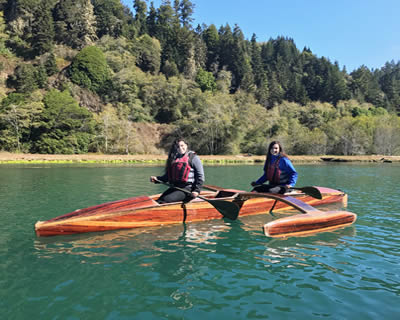
In 1989 Bob Cummings, owner and operator of Secret Harbor Boat-works in nearby Potter Valley, decided to stop by Catch a Canoe & Bicycles Too during a trip to the coast. He was impressed with the operation and invited Rick Hemmings, the shop manager, to come visit and see a redwood outrigger in person. Rick was quite taken with what he saw when Bob removed the protective tarp. Bob, appreciating his enthusiasm, offered to loan him an outrigger canoe to take back with him—and to try renting it if the situation arose.
The unbelievable stability and easy foot controlled steering were an instant hit with all who paddled that first boat. The owner of the Stanford Inn Eco Resort and Catch a Canoe & Bicycles Too, Jeff Stanford, recognized the potential of this very different type of rental canoe and has provided the substantial funds for their purchase.
To date, Bob has constructed over 25 redwood outriggers exclusively for Catch a Canoe, each with its own variation on the theme as envisioned by Rick. This includes the ever popular, pet friendly, Canine Coaster series as well as the beautiful redwood catamaran tour boat, the Mendoléa.
When Bob retired in 2018, Rick Hemmings and shop manager Jason Biggie continued to design and assemble ultralight outrigger canoes as well as the new carbon fiber catamaran series with side by side seating.
THE HISTORY OF THE PEOPLE
There has been much written about the history of Mendocino, typically beginning with William Kasten, often said to be the first settler to arrive on the coast in early 1850. What has been left out of the history books is perhaps better posed as a question: “Who were the people here before the first white man arrived? Did their lives matter? And if so, why is so little known about their culture and the events that radically shaped their destiny?”
Find out more by reading these panels created by Rick Hemmings and commissioned by the Stanford Inn to be an exhibit in their lobby in 2012. This Pomo exhibit in it’s entirety, now resides at the Guest House Museum in Fort Bragg, California.
THE HISTORY OF CANOES
Indigenous canoes represent the foundation of water borne transportation worldwide. The Chumash Tomol is America’s finest example of a canoe capable of ocean travel. Tomols are sewn plank canoes which are unique in North America—and their story is a fascinating one. They were constructed of redwood if available, which is an excellent boat building material. Besides having a high strength to weight ratio, it is more rot resistant than most other woods. Straight grained and easy to work with, redwood can also be easily split into planks using an antler fashioned into a wedge.
Even though redwood trees don’t grow in Southern California, they can travel there in the form of driftwood logs which are initially washed out to sea during the high river flows of Northern California’s winter storms.
The Chumash tribe and also their Tongva neighbors to the south, knew the value of this non-native wood and would gather the prized driftwood logs which made their way down the California coast courtesy of NW winds and currents.
These redwood logs were then split into planks, then carefully sewn and caulked together with a mixture of tar and pine pitch to construct the ocean going redwood canoes called Tomol by the Chumash and Tiat by the Tongva people.
Read this story of the most sophisticated indigenous boats ever made in North America by enlarging the panel below.

